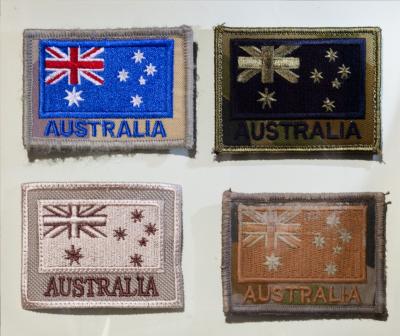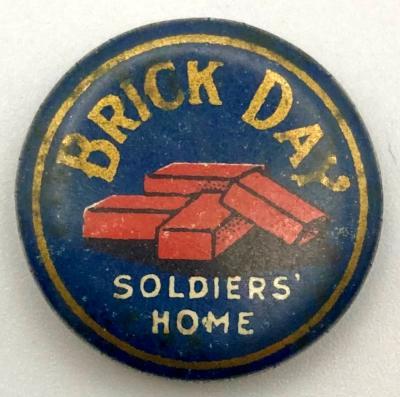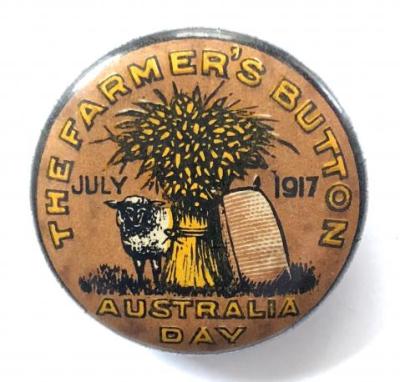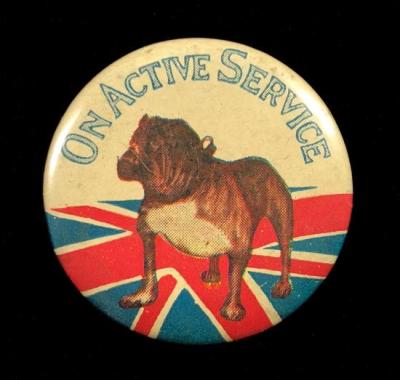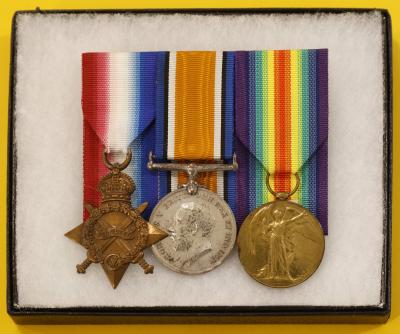From the Collection #12 - Airborne Operations on Crete (Part 2)
Part of the "From the Collection" series prepared and distributed to a subscribers' list during 2022 as a follow on to the "Virtual Visit" series initiated during the COVID lockdowns of 2020 and 2021 The collection focus of this item is the second part of the Battle of Crete narrative.
The greatest tragedy of Crete relevant to the Geneva Convention and the Laws of Armed Conflict involved not airborne troops but the civilian population. On 2 June 1941, two days after the surrender of the Island the first reprisals, the execution of male civilians, took place in the village of Kondamari in retaliation for Cretan participation in the Island’s defence. The Germans were astounded at the level of civilian resistance experienced in Crete, perhaps unaware of the history of Cretan resistance to Ottoman rule
Details
Details
Typically only a small portion of a museum collection is exhibited at any one time. This is due not only to practical consideration of display space but a range of professional considerations designed to protect and preserve the artefact. This series highlights objects and stories you may have overlooked in the galleries or collection items awaiting the opportunity to be viewed and share their story.
Australian Army Museum of Western Australia
Australian Army Museum of Western Australia
Other items from Australian Army Museum of Western Australia
- World War 1, South West Asia, Palestine, Ottoman Soldier's Cap
- World War 1, Copper Statue of Digger
- Uniform Insignia, Australian Flag Patch
- World War 1, Home Front, Fundraising Appeals, South Australia, "Brick Day - Soldiers' Home"
- World War 1, Home Front, Fundraising Appeals, Admiral Lord Jellicoe
- World War 1, Home Front, Fundraising Appeals - "THe Farmer's Button", July 1917
- World War 1, Home Front, Fundraising Appeals, "ON Active Service"
- World War 1, Medal Group - BRAZIER, 10 Light Horse
Scan this QR code to open this page on your phone ->



